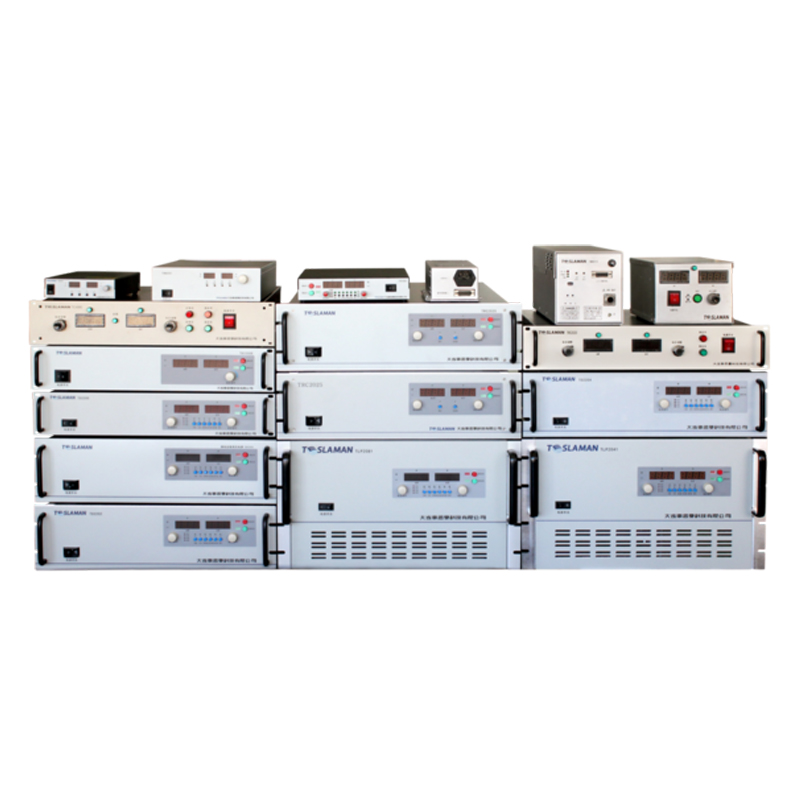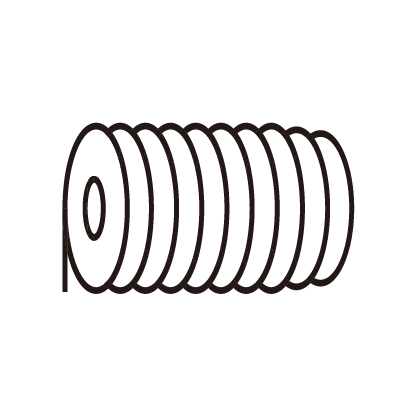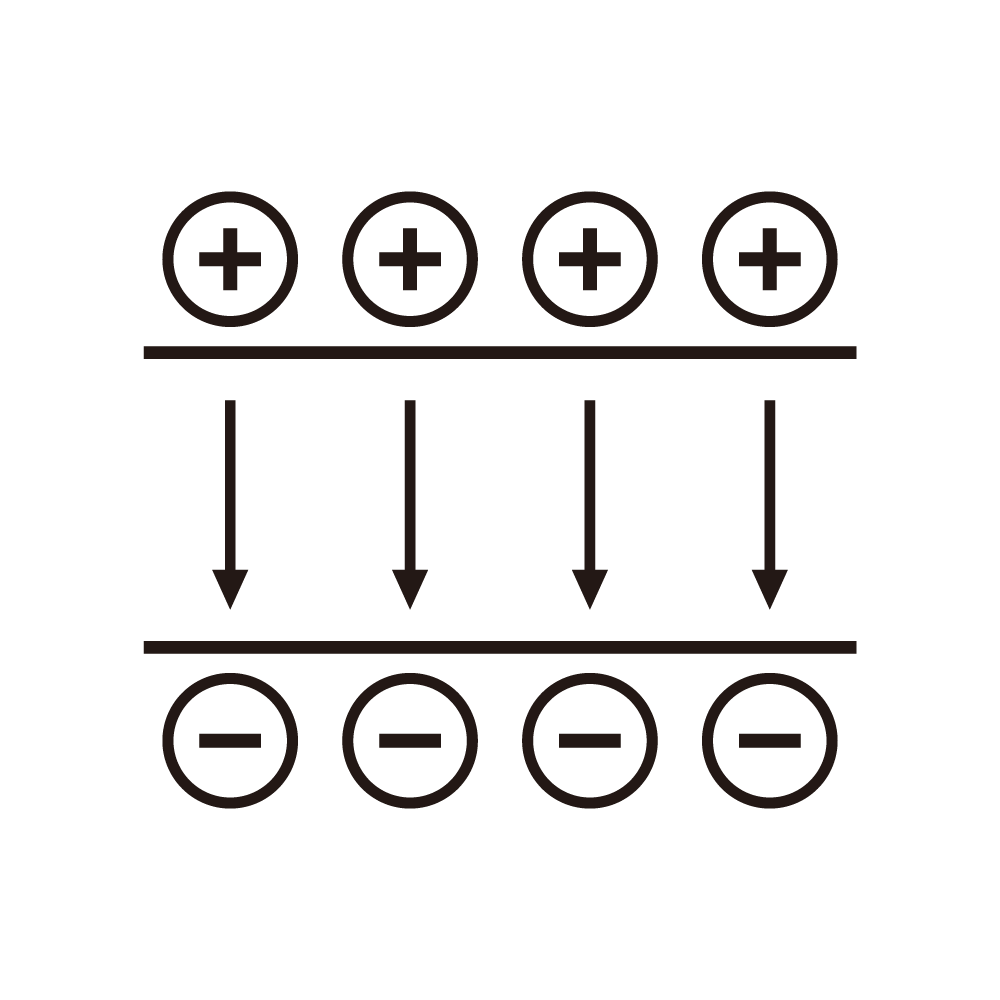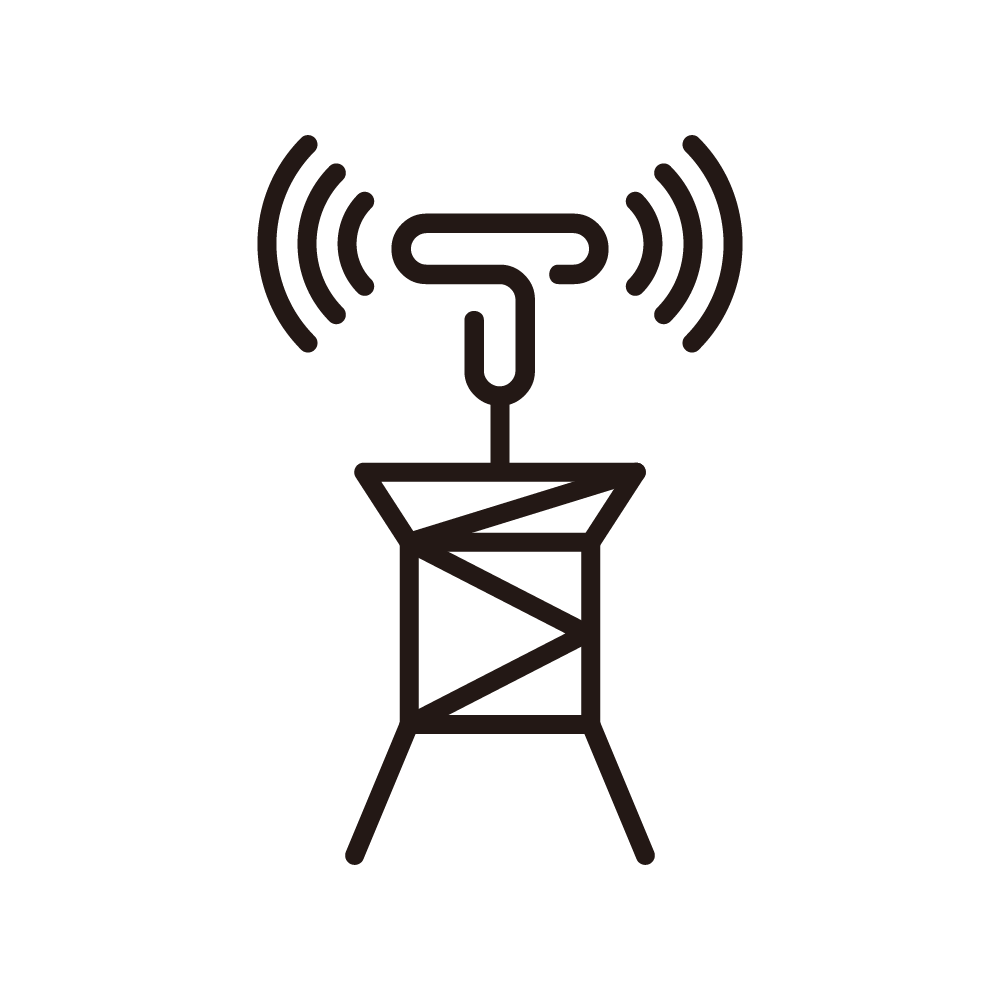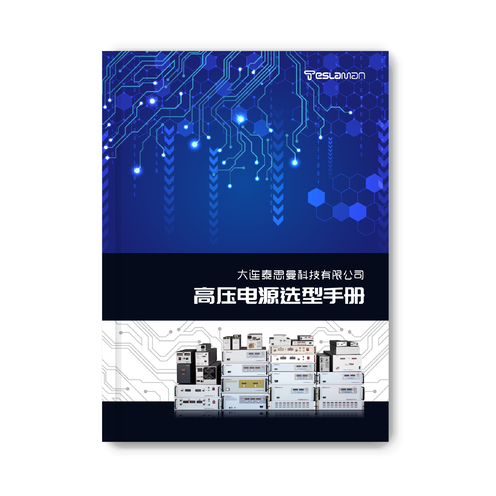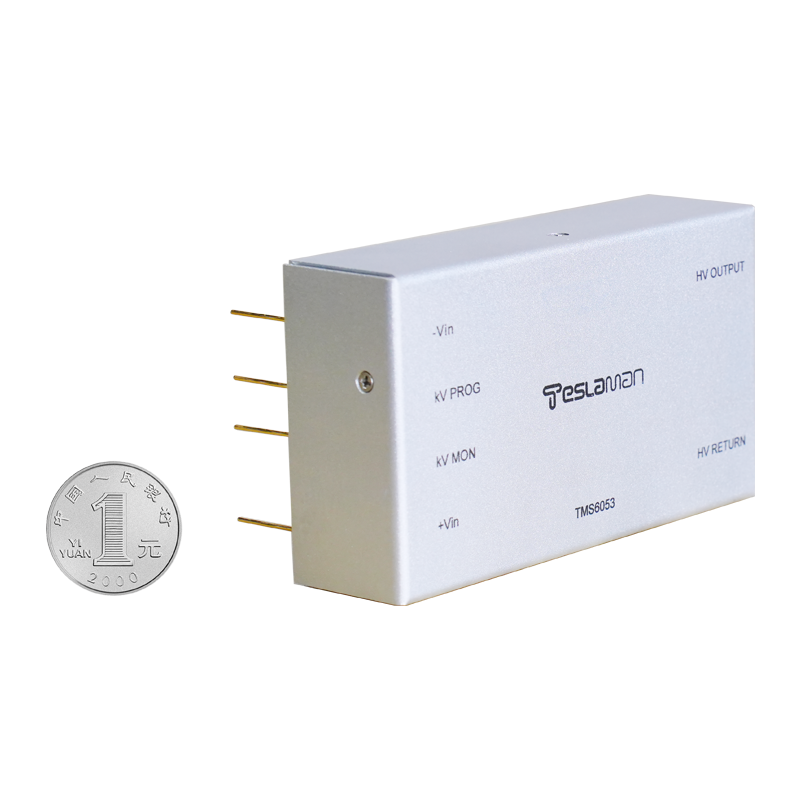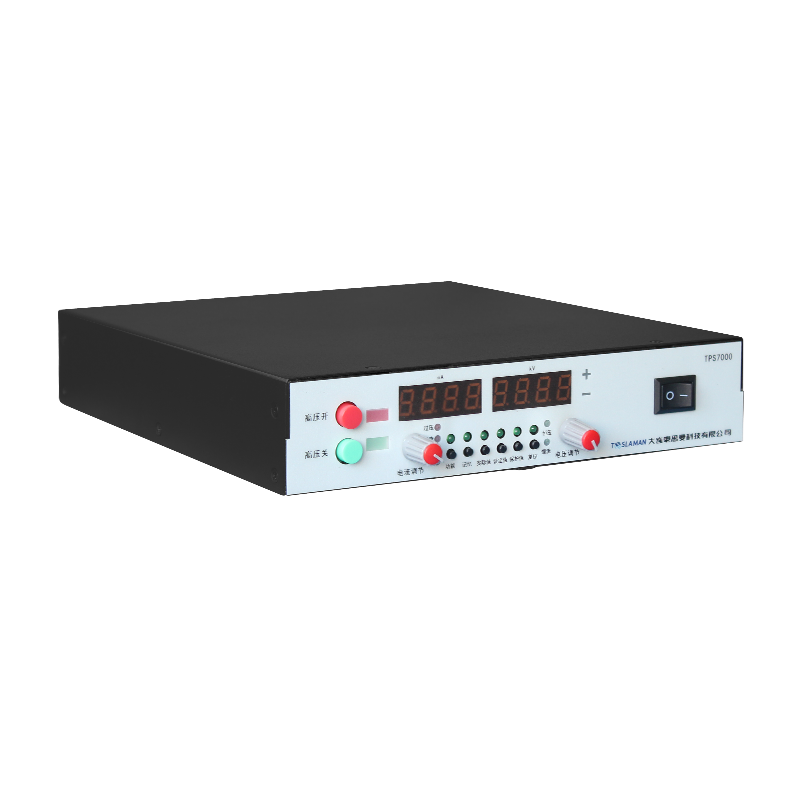Reduction of Output Noise in High-Voltage Power Supplies for Electron Multipliers
In the application of electron multipliers, the output noise of high-voltage power supplies is a crucial issue, which directly affects the performance and measurement accuracy of electron multipliers. Reducing the output noise of high-voltage power supplies is of great significance for improving the sensitivity and stability of electron multipliers.
The working principle of an electron multiplier is based on the secondary electron emission effect, which amplifies the number of incident electrons through multiple dynodes. The high-voltage power supply provides the necessary electric field for the electron multiplier, enabling electrons to accelerate and multiply between the dynodes. However, the output noise of the high-voltage power supply will introduce additional electronic signals, resulting in increased errors in the measurement results.
The output noise of high-voltage power supplies comes from various sources, including the internal circuit noise of the power supply, electromagnetic interference, and the ripple of the power supply. Circuit noise is mainly generated by the electronic components inside the power supply, such as transistors and resistors. Electromagnetic interference may come from the external environment, such as surrounding electronic devices and power lines. The power supply ripple is due to the unsatisfactory filtering effect of the power supply, resulting in certain fluctuations in the output voltage.
To reduce the output noise of high-voltage power supplies, various measures can be taken. Firstly, optimizing the circuit design of the power supply is crucial. Selecting low-noise electronic components, such as low-noise transistors and resistors, can effectively reduce circuit noise. At the same time, rationally designing the filtering circuit of the power supply to improve the filtering effect of the power supply and reduce the power supply ripple.
Secondly, taking effective electromagnetic shielding measures is also necessary. By shielding the power supply, the impact of external electromagnetic interference on the power supply can be reduced. In addition, rationally arranging the circuits inside the power supply to avoid mutual interference between signals.
Furthermore, stabilizing the input voltage of the power supply also helps to reduce the output noise. Using a voltage regulator circuit to stabilize the input voltage of the power supply can reduce the output noise caused by fluctuations in the input voltage.
In practical applications, various factors need to be comprehensively considered, and appropriate methods should be selected to reduce the output noise of high-voltage power supplies. By continuously optimizing the design and performance of the power supply, the measurement accuracy and stability of the electron multiplier can be improved to meet the needs of different application fields.
In conclusion, reducing the output noise of high-voltage power supplies for electron multipliers is a complex and important task. By deeply understanding the sources and characteristics of the noise and taking effective noise reduction measures, the performance of the electron multiplier can be improved, providing more reliable support for research and applications in related fields.
